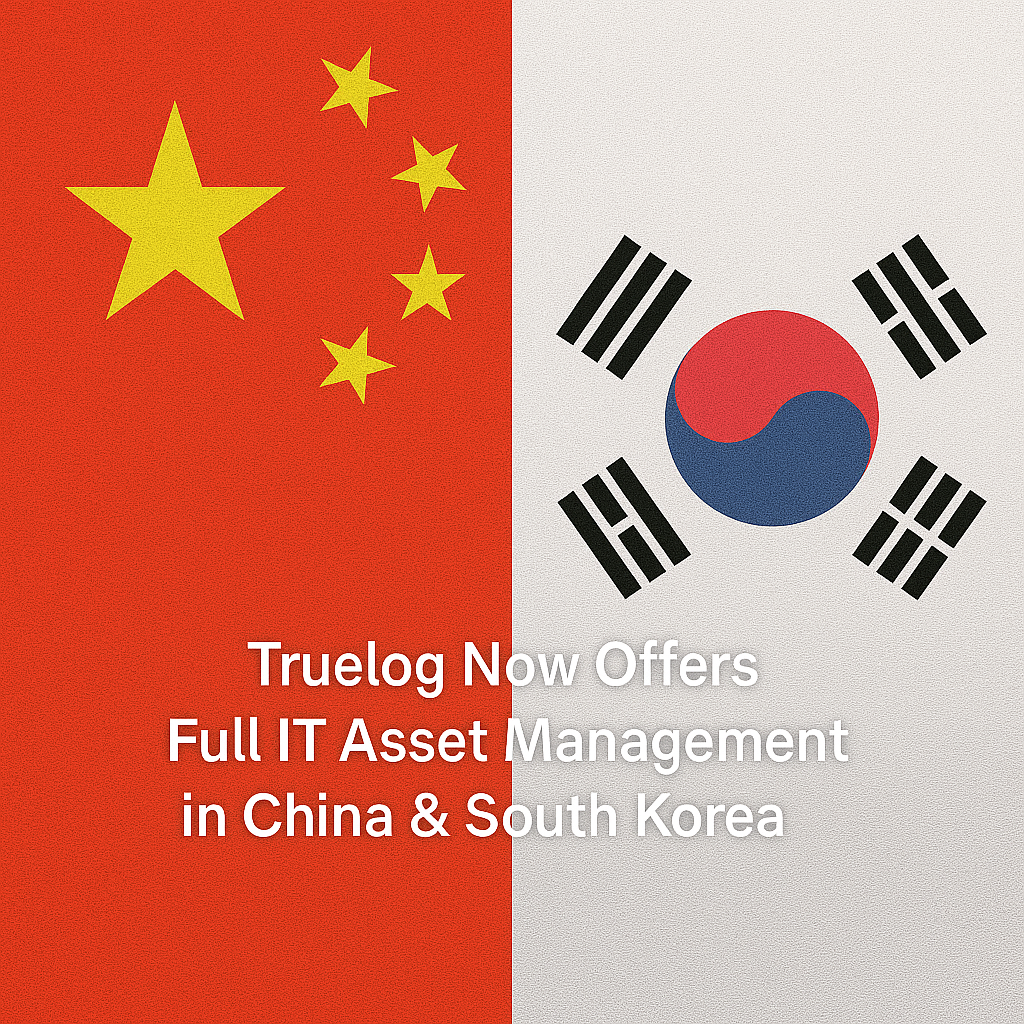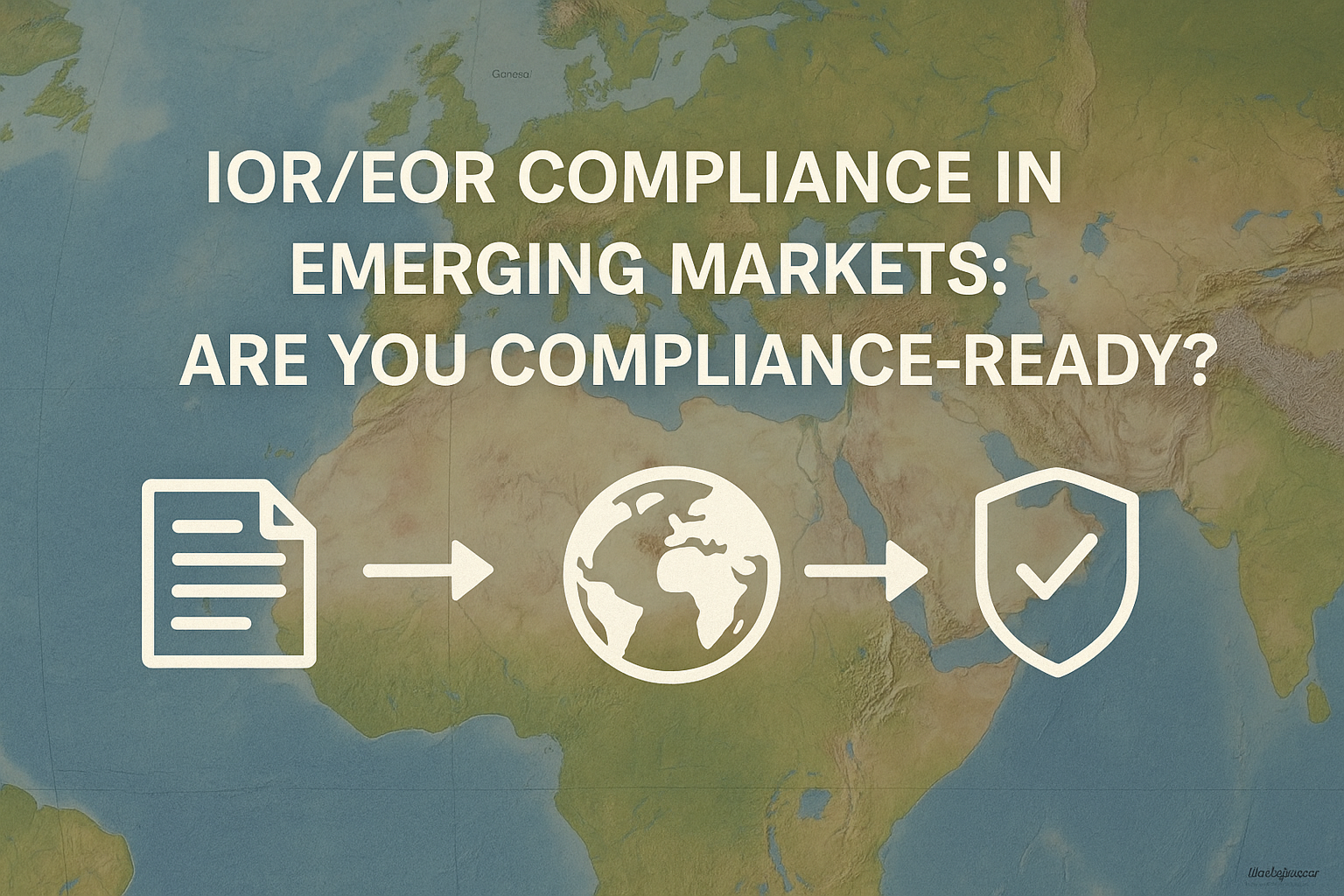Huawei’s recent announcement to open a GPU centre in Malaysia marks a strategic investment in Southeast Asia’s growing role in the global tech infrastructure. It’s also a move that has once again placed Malaysia at the centre of ongoing US-China technology tensions.
Why It Matters
This development is not just about GPUs or data centres—it’s a signal. As ICT companies look to diversify their manufacturing and R&D footprints beyond China, regions like Southeast Asia are becoming essential nodes in the global technology supply chain.
But with opportunity comes complexity.
The Growing Pressure on Cross-Border ICT Movement
As the United States intensifies restrictions on advanced semiconductor exports, the logistics of moving high-performance computing equipment has become more complicated. Businesses operating in or through Malaysia must now manage a web of export controls, customs documentation, and compliance expectations that go far beyond standard freight.
Where Logistics Strategy Meets Geopolitics
A strong logistics foundation is no longer just about efficiency—it’s about risk management. Here’s what companies should be thinking about:
- IOR/EOR Compliance
Acting as the Importer or Exporter of Record (IOR/EOR) is critical in high-regulation environments. It ensures that shipments meet legal and customs requirements, especially when it comes to controlled or high-value tech equipment. - Strategic Warehousing
Locations like Singapore’s Free Trade Zone (FTZ) offer proximity to markets like Malaysia, with added benefits such as reduced customs overheads and faster deployment options. - Value-Added Services for ICT Assets
Services like equipment staging, asset tagging, and white-glove delivery are essential when handling sensitive infrastructure components. These offerings help ensure that technology is not only delivered but also fully operational upon arrival. - Centralised Visibility
Real-time tracking and centralised dashboards provide critical oversight—particularly when operations are spread across multiple jurisdictions.
Conclusion
As ICT investment flows into Southeast Asia, logistics planning must keep pace. The implications of geopolitical tensions are real, and managing the cross-border movement of IT assets now demands a partner who understands both the operational and compliance landscapes.
At Truelog, we combine regional insight with global logistics expertise to help technology firms move forward, securely, strategically, and in full compliance.
For more insights or to discuss your ICT logistics needs in Asia, get in touch with our team.






